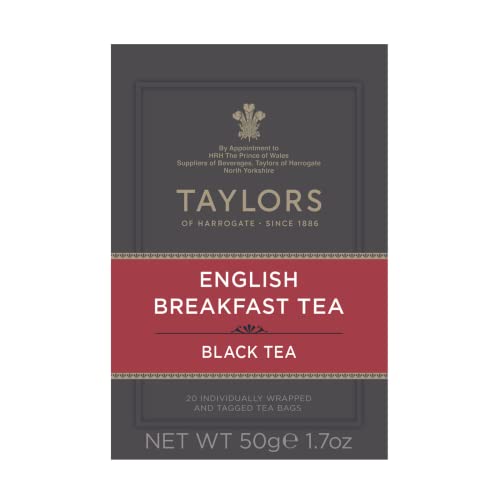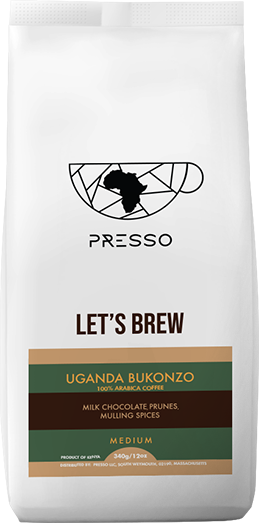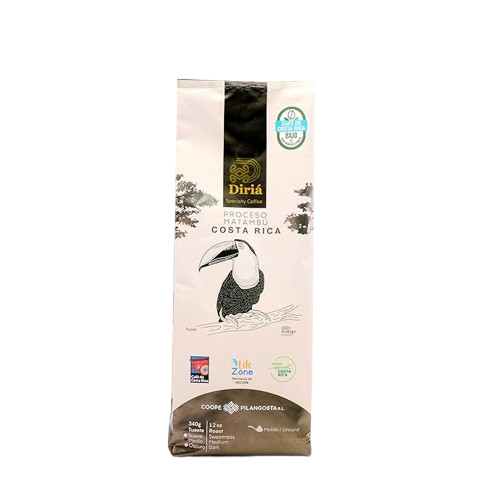
From Soil to Sip: How Coffee Terroir Shapes Flavor
From Soil to Sip: How Coffee Terroir Shapes Flavor
- Adam Smith
- 18-04-2025
- 18-04-2025
- 1407 views
- Coffee Shop

If you’ve ever tasted two cups of black coffee and wondered how one can have citrusy brightness and the other hints of dark chocolate and spice, the answer lies in a fascinating concept borrowed from the world of wine: terroir. Coffee terroir refers to the environmental factors that influence the flavor of coffee beans, including soil, climate, altitude, and cultivation practices. Much like grapes, coffee beans absorb the essence of their surroundings, and every origin tells a unique story in your cup.
What Is Coffee Terroir?
“Terroir” is a French word that encompasses all environmental conditions that affect a crop’s characteristics. In coffee, this includes:
- Soil composition
- Rainfall and humidity
- Temperature
- Sunlight exposure
- Altitude
- Farming practices
Each variable plays a role in how the coffee plant grows and ultimately, how its beans taste when roasted and brewed.
Key Elements of Coffee Terroir
1. Altitude
Higher altitudes generally produce denser beans with more complex flavors. Coffee grown above 1,200 meters (4,000 feet) tends to have bright acidity and floral or fruity notes. Ethiopia, Colombia, and Kenya are known for their high-altitude coffees.
2. Soil Type
Volcanic soil is rich in minerals and often associated with superior coffee quality. Countries like Guatemala and Costa Rica have nutrient-dense volcanic soils that contribute to rich, well-balanced flavor profiles.
3. Climate
Coffee thrives in regions with consistent rainfall and moderate temperatures (60–70°F or 15–24°C). Changes in climate or extreme weather can affect the harvest, ripening process, and final flavor.
4. Processing Methods
While not part of natural terroir, the way beans are processed (washed, natural, honey, etc.) enhances or downplays terroir-driven flavors. For example, natural-processed Ethiopian beans tend to preserve fruity, wine-like notes.
How Terroir Affects Taste
The impact of terroir on flavor is significant:
- Ethiopia: Floral, citrusy, tea-like (high altitude, dry processing)
- Colombia: Balanced with chocolate, red fruit (volcanic soil, washed processing)
- Sumatra: Earthy, spicy, low acidity (wet-hulled process, low altitude)
- Kenya: Bright acidity, blackcurrant, bold (high elevation, rich soil)
Coffee aficionados can often detect these differences in a single-origin coffee tasting.
Why Terroir Matters to Coffee Drinkers
For coffee lovers, terroir adds depth to the experience. It gives meaning to the words on the bag—”Yirgacheffe” or “Tarrazú” aren’t just locations, they’re indicators of taste. Understanding terroir:
- Helps you select beans that match your preferred flavor profiles
- Supports sustainable and traceable farming
- Encourages appreciation of the cultural and environmental diversity behind each brew
How to Taste Terroir at Home
To truly explore coffee terroir:
- Buy single-origin beans: These come from a specific region or even a specific farm.
- Use consistent brewing methods: A French press, pour-over, or Aeropress lets flavors shine.
- Taste side by side: Brew coffees from different origins and compare their aromas, acidity, body, and finish.
- Keep a journal: Take notes on what you like—it’ll help refine your palate.
Final Thoughts
Coffee is more than a morning ritual; it’s an agricultural product shaped by geography, weather, and human hands. The next time you sip your brew, think about where it came from. Was it grown on a lush mountainside in Kenya? A misty forest in Colombia? That origin and its terroir shaped every nuance of what you’re tasting.
Embracing the idea of terroir transforms coffee from a commodity into a global experience—one that connects people, places, and the planet, one sip at a time.






















